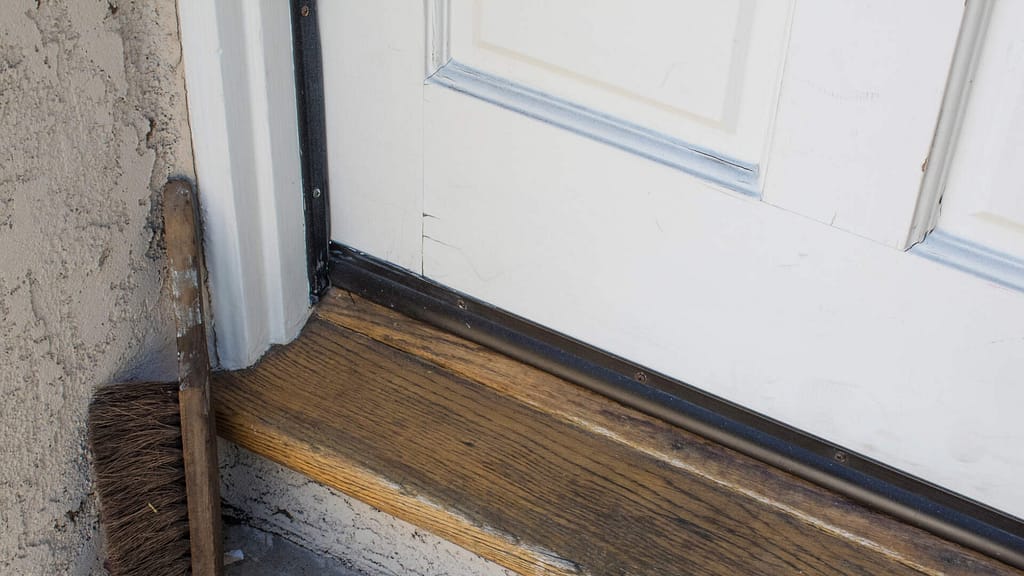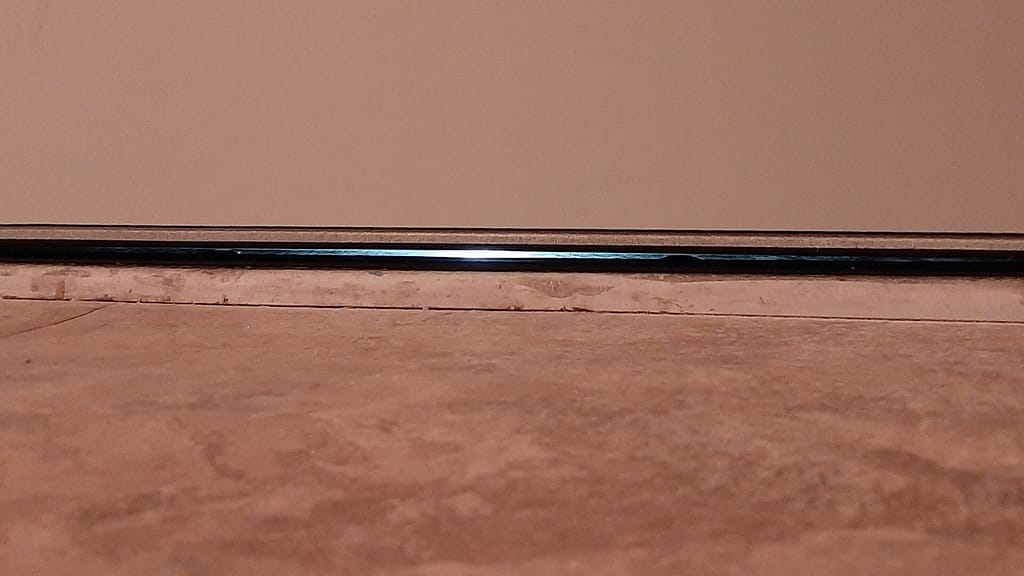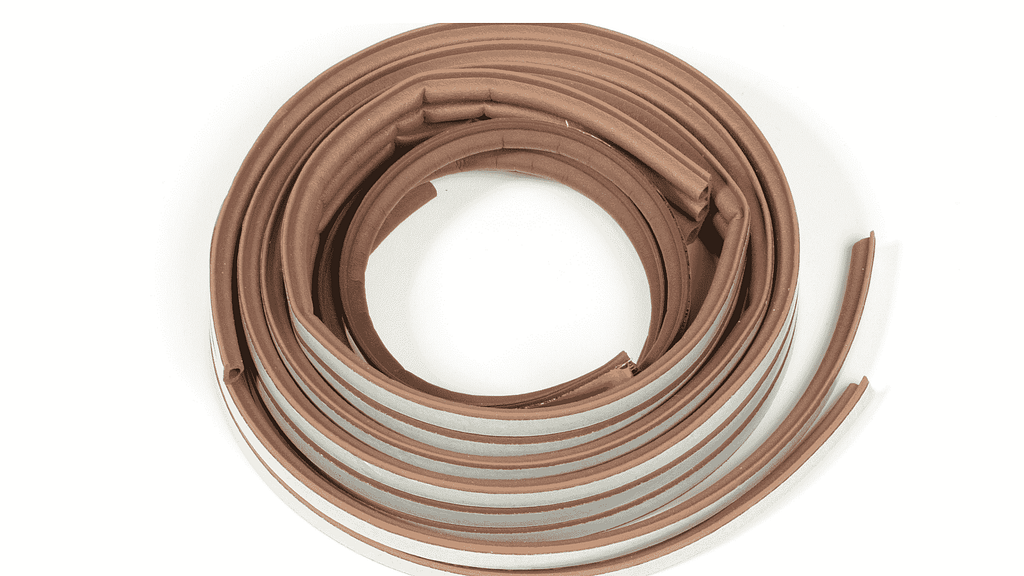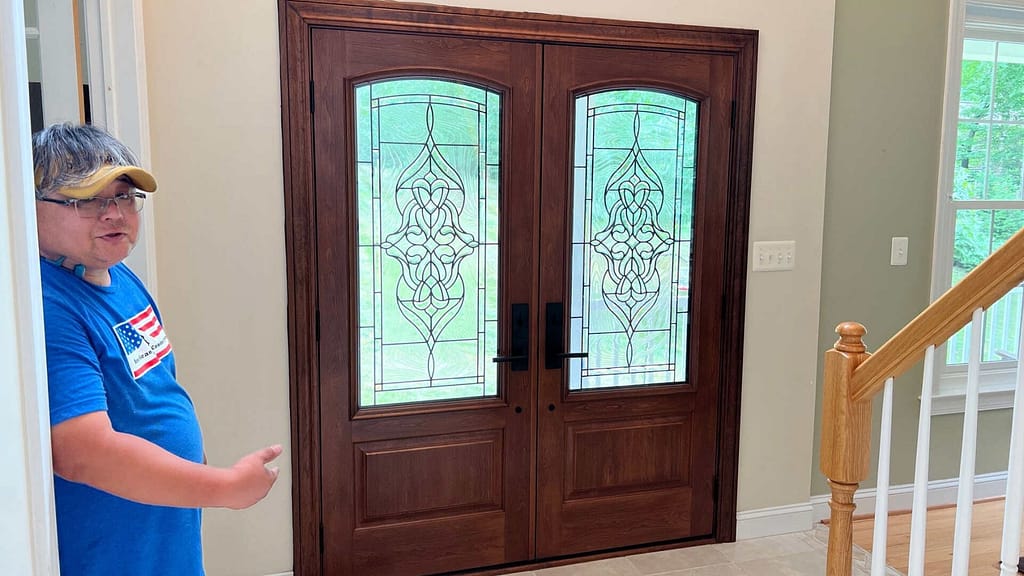
Discover how to seal exterior doors in Maryland with our guide. From inspecting and removing old weather-stripping to applying new seals and caulking gaps, we’ll help you improve your home’s comfort and energy efficiency.
Table of contents
Why Sealing Exterior Doors is Essential in Maryland
In Maryland, sealing your exterior doors isn’t just about comfort, it’s about protecting your home from the state’s diverse and sometimes extreme weather conditions. This section will explore why sealing your doors is crucial and how it can save you money and keep your home safe from drafts, moisture, and pests.
Understanding Maryland’s Climate
In Maryland, sealing your exterior doors helps maintain a stable indoor environment, reducing the strain on your heating and cooling systems and keeping your energy bills in check. Maryland’s climate can be quite varied, with hot, humid summers and cold, snowy winters. These seasonal changes can affect your home’s comfort and energy efficiency.
Common Problems with Unsealed Doors

Unsealed doors can lead to a range of issues, from uncomfortable drafts to increased energy costs. Gaps around your doors can let in cold air during the winter and hot air in the summer, making it harder to keep your home at a comfortable temperature. Additionally, moisture can seep through these gaps, leading to potential damage to your door and flooring, while pests can find their way inside. Properly sealing your doors can prevent these problems, helping you maintain a comfortable, energy-efficient home.
Materials and Tools You’ll Need
Before you begin sealing your exterior doors, it’s important to gather all the necessary materials and tools. Having everything you need on hand will make the process smoother and more efficient. In this section, we’ll outline the essential materials and tools required for the job.
- Weather-stripping
- Door Sweep
- Threshold
- Caulking
- Insulating Foam Sealant
- Utility knife or scissors
- Measuring tape
- Caulk gun
- Screwdriver
- Cleaning supplies (like a rag and mild cleaner)
Guide to Sealing Exterior Doors
Sealing your exterior doors may seem like a daunting task, but it’s actually quite manageable with the right guidance. This guide will walk you through the entire process, from inspecting your door to testing the final seal. By following these instructions, you can improve your home’s energy efficiency and comfort.
Inspect Your Door
The first and most critical step is to carefully inspect your door and its surrounding frame. Begin by checking for any visible gaps or cracks around the edges of the door, particularly where the door meets the frame. Pay close attention to the bottom of the door, as this is a common area where drafts can enter. You might feel a slight breeze near the gaps or notice light shining through.
Also, take a look at the existing weather-stripping. If it appears worn out, cracked, or is peeling away from the door frame, it’s time to replace it. A thorough inspection will help you identify the areas that need the most attention.
Remove Old Weather-stripping and Clean the Surface
Before applying new weather-stripping, you’ll need to remove any old material. This step is essential because the new weather-stripping won’t adhere properly if the surface is dirty or if there’s leftover adhesive. Carefully peel off the old weather-stripping using a utility knife or gently pull it away if it’s adhesive-backed. Once removed, clean the area with a mild cleaner to remove any dirt, dust, or old adhesive residue.
A clean, dry surface is crucial for ensuring that the new weather-stripping sticks well and provides an effective seal. Take your time with this step to ensure the best results.
Apply New Weather-stripping

Now that the surface is clean and ready, it’s time to apply the new weather-stripping. Start by measuring the length of the door edges where you plan to apply the weather-stripping. It’s important to measure accurately to avoid any gaps that could let in drafts. After measuring, cut the weather-stripping to the correct length using scissors or a utility knife.
For adhesive-backed weather-stripping, peel off the protective backing and press the strip firmly into place along the edges of the door. Ensure it’s snug against the door frame but not so tight that it makes closing the door difficult. If you’re using tubular or V-strip weather-stripping, follow the product’s instructions for proper installation. The goal is to create a tight seal that blocks out air, moisture, and pests without impeding the door’s movement.
Install a Door Sweep or Threshold
The bottom of the door is a critical area for sealing, as it’s where drafts often enter. Installing a door sweep or adjusting the threshold can effectively block these drafts. To install a door sweep, first measure the width of your door and cut the sweep to size if necessary. Most door sweeps come with pre-drilled holes for easy installation, but you may need to drill holes yourself if your door doesn’t have them.
Align the sweep with the bottom edge of the door and attach it using screws. Make sure the sweep touches the threshold lightly when the door is closed, creating a seal that keeps out cold air. If your door’s threshold is worn or doesn’t create a proper seal, consider replacing it or adding a new one. A well-fitted threshold complements the door sweep and enhances the overall seal of your door.
Caulk Gaps Around the Door Frame
Even after installing weather-stripping and a door sweep, you might still find small gaps around the door frame. Caulking is the best way to seal these gaps and prevent air and moisture from sneaking in. Choose a high-quality exterior caulk, such as silicone or latex, which is designed to withstand the elements. Load the caulk into a caulk gun and apply a steady, even bead along the edges of the door frame where it meets the wall or floor. Use your finger or a caulk smoothing tool to smooth out the bead and ensure a tight seal.
Caulking not only improves the energy efficiency of your door but also helps protect your home from water damage during Maryland’s rainy seasons. Allow the caulk to dry completely before testing the door.
Test the Seal
After you’ve completed all the steps, it’s important to test the seal to ensure that your work is effective. Close the door and check for any remaining drafts by feeling around the edges with your hand. If you still feel air coming through, you may need to adjust the weather-stripping or door sweep.
Another simple method to test the seal is to use a piece of paper. Close the door on the paper and try to pull it out. If the paper slides out easily, the seal may be too loose, and you should make adjustments. Testing the seal ensures that your door is properly insulated, which will help reduce energy costs and keep your home comfortable throughout the year.
Hiring a Professional for Sealing Exterior Doors

If you’re considering upgrading or sealing your front door in Maryland, we’re here to help. At American Home Contractors, we’re proud to be one of Maryland’s most trusted names in door services. We specialize in offering customized solutions that seamlessly combine style, durability, and energy efficiency. Whether you’re looking for a simple seal or a complete door makeover, our team is ready to provide personalized advice and expert installation tailored to your home’s unique needs.
Taking the next step with us is easy. We offer free in-home consultations, making it simple for you to explore your options and plan your project. Our process is designed to be seamless and stress-free, ensuring that your experience is as smooth as possible from start to finish. If you’re ready to enhance your home’s entrance, trust the experts at American Home Contractors for a professional, polished result that adds both value and beauty to your home. Contact us today!
Conclusion
Sealing your exterior doors in Maryland is a crucial step in maintaining a comfortable, energy-efficient home. By following the steps outlined in this guide you can effectively protect your home from drafts, moisture, and pests. These small but significant improvements not only enhance your home’s comfort but also help you save on energy costs throughout the year.
If you find the process overwhelming or prefer a professional touch, consider reaching out to experts like American Home Contractors. With our experience and customized solutions, we can ensure your doors are sealed to perfection, providing both functionality and aesthetic appeal. Whether you need a simple seal or a complete door upgrade, our team is ready to assist you with personalized service, making your home more comfortable and efficient. Don’t hesitate to contact us for a free consultation and take the first step toward a better-sealed home.
Fact checked by Adrian Catolico- 8/9/2024